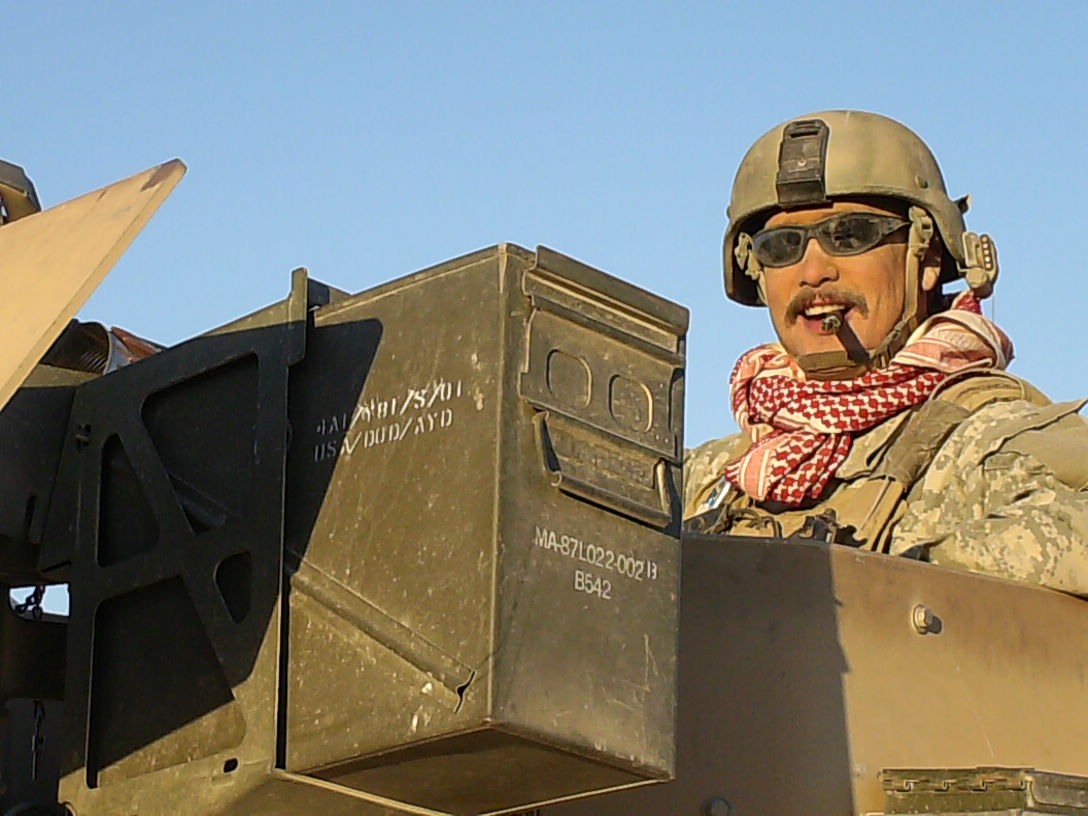Quoted Text
Just a caution on using the chart provided-- it's a post-Korean war marking system--during WWII, US 8" Chemical rounds were painted OD, just like the HE rounds-- but had narrow bands at the top of the round, delineating the type of fill, and were marked with the letters "HD". The chart you referenced is for modern US ordnance markings, and gray might not have been used during WWII, and in many cases even long after, as gray is a more modern color designating smoke munitions.
Russ, the OD = chemical was never the standard US color marking for chemical munitions as far as I can tell. I've got a 1927 Technical Regulation (precursor to Technical Manuals) for the 155mm howitzer and it gives the color coding as:
High explosive - yellow
Chemical (gas or smoke) - blue-gray
Low explosive (shrapnel) - red
The minor markings on chemical were:
WP - one yellow band
FM - two yellow bands
CN - two green bands
This system was in place since 1925 according to the TR, and before that (1918? - 1925) the only difference was with changes in the number of bands and the stenciling color.
The 1942 edition of TM 9-1900, Ammunition, General, lists the same color scheme with the addition of other band colors. The base chemical munition color was simply called gray.
The band colors were:
HS, M1 (Lewisite, before they coded it L) - two green
CL, CG, PS - one green
CN, DM, etc - one red
WP, FM, etc. - one yellow
TH - one purple
This is the 1945 chart from TM 9-1900

The 1956 edition kept the same system. (This was before nerve agents were standardized.)
Also, neither the 1944 edition of TM 9-1901 Artillery Ammunition or the 1943 or 1945 editions of the SNL P-1 (Heavy artillery projectile catalog) lists any 8-inch chemical rounds.
I wonder what those rounds were?
KL


































